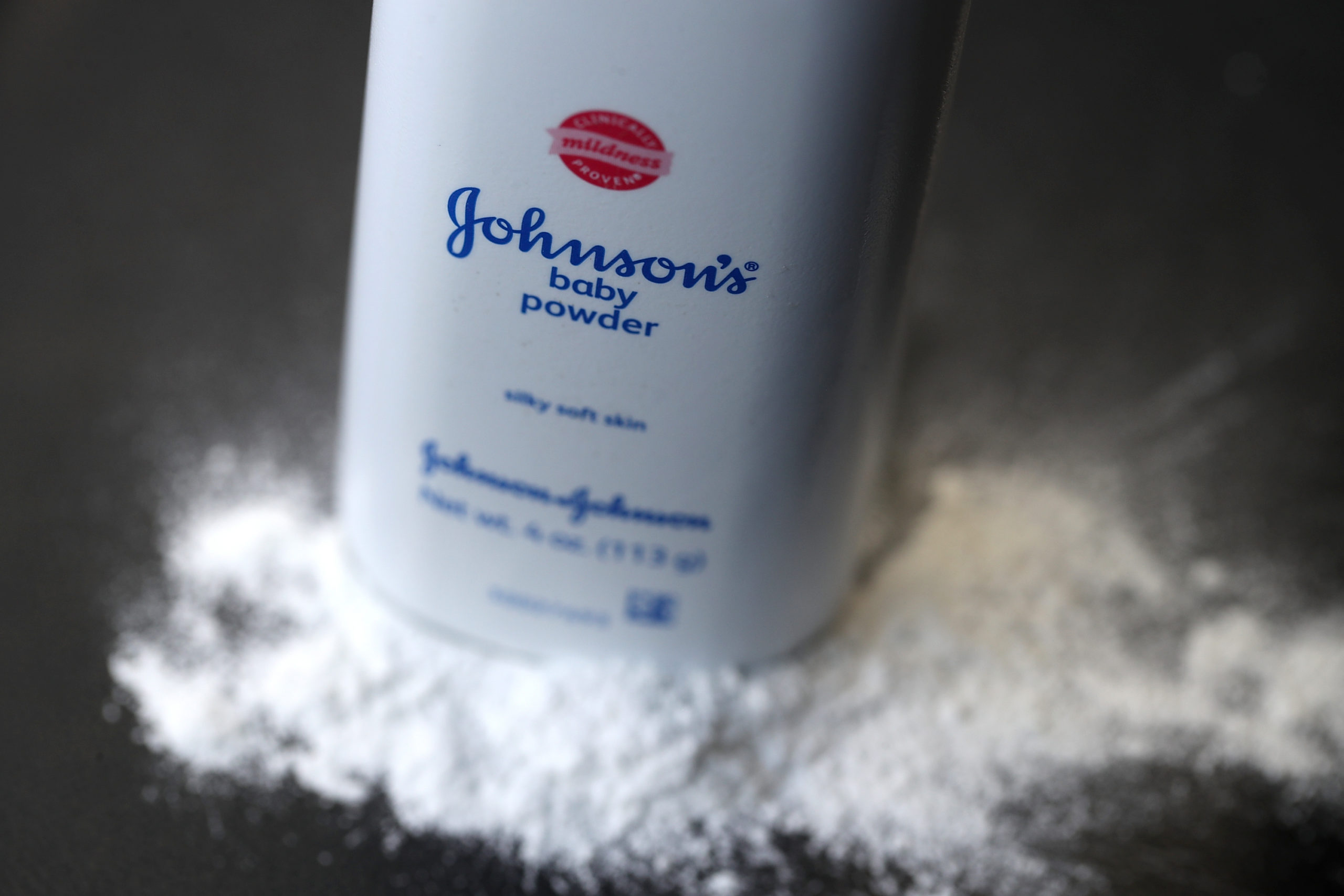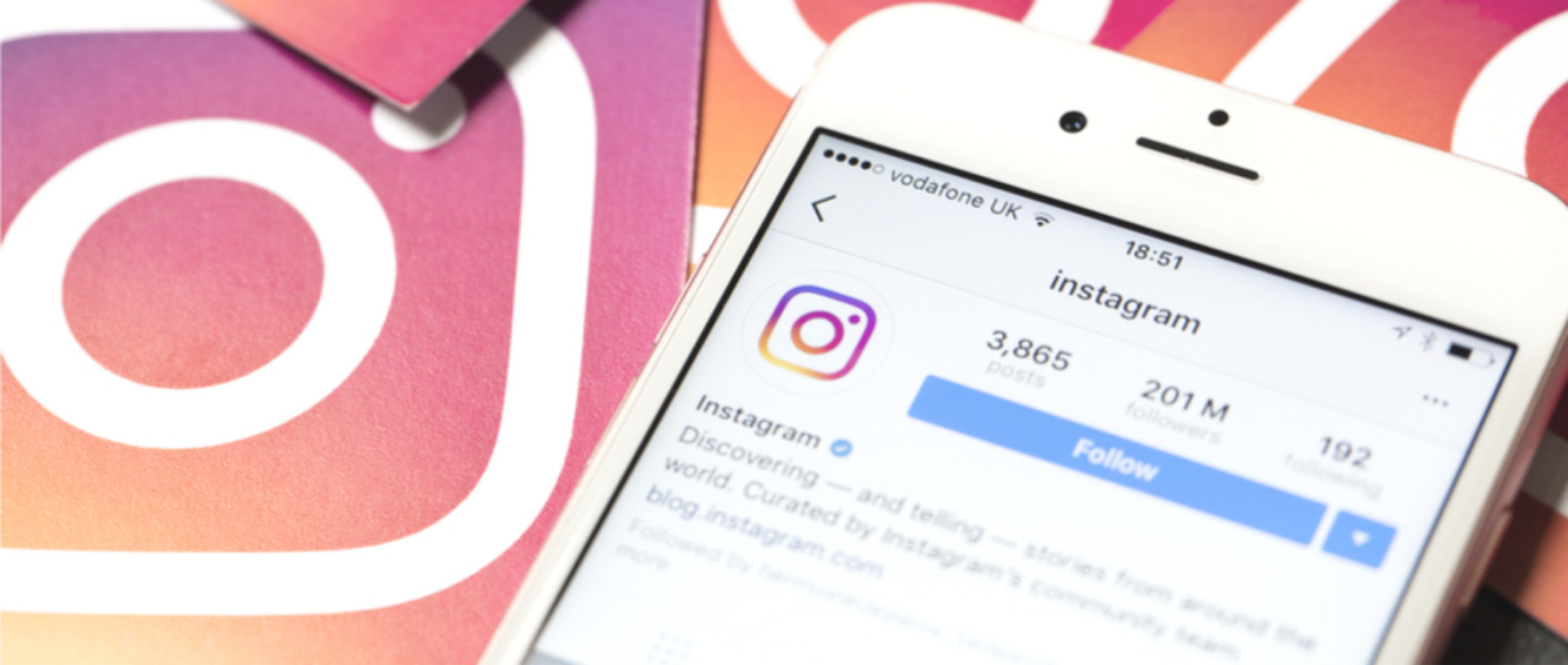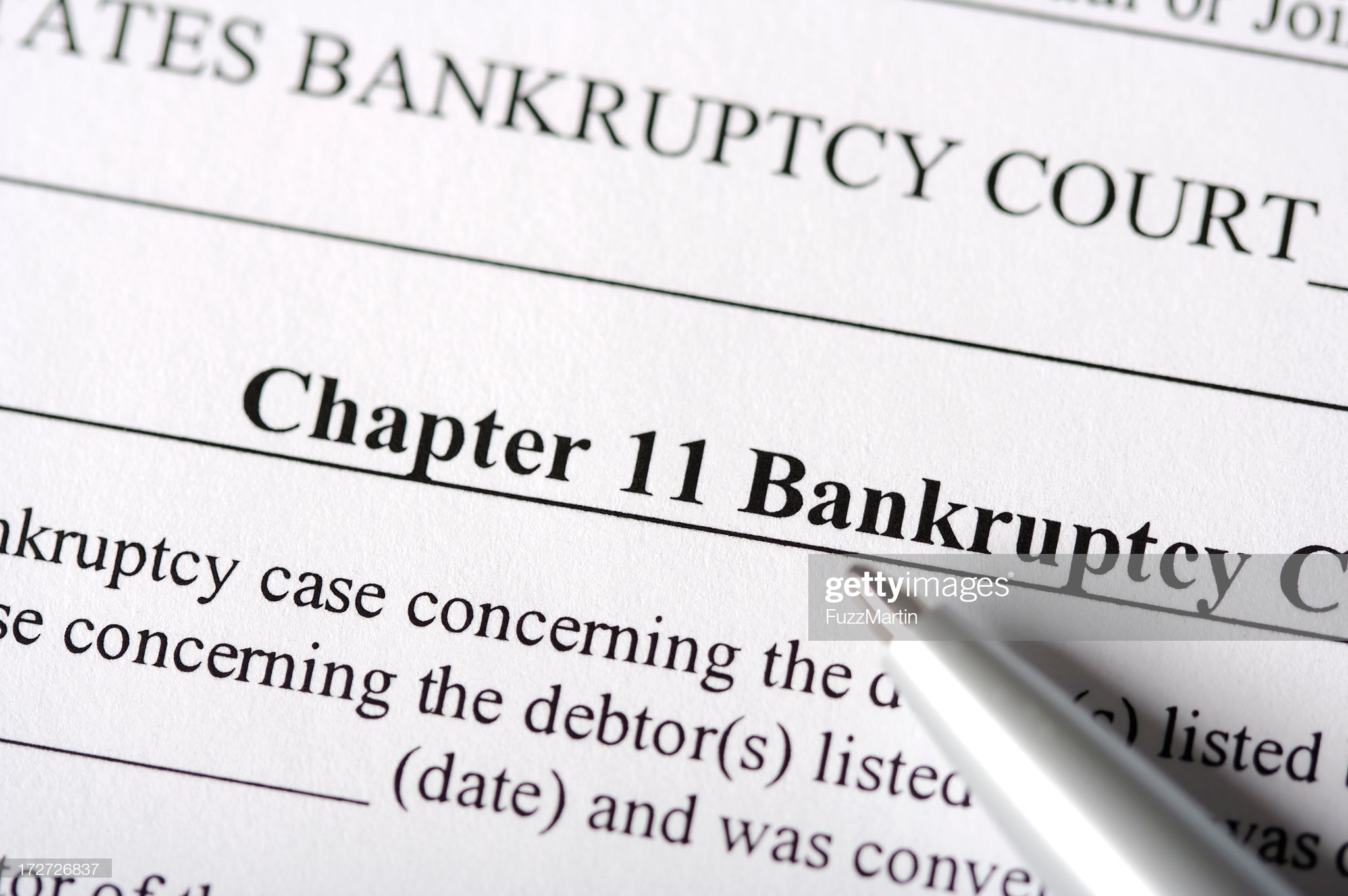Juul Shipped One Million Contaminated Pods, Says Former Exec
“Half our customers are drunk and vaping like mo-fos, who the fuck is going to notice the quality of our pods,” the former CEO allegedly said.
SAN FRANCISCO — A former Juul executive is alleging in a lawsuit that the fast-growing startup shipped out 1 million contaminated e-cigarette pods earlier this year — but did not tell customers or issue a recall.
The lawsuit was filed Tuesday by Siddharth Breja, a former senior vice president of global finance who worked at the San Francisco–based company from May 2018 to March 2019. In the lawsuit — filed in US District Court for the Northern District of California on the same day that Juul confirmed its plans to lay off about 500 people — Breja claims he was retaliated against for raising concerns about the contaminated shipment.
In another instance, Breja says he was worried when the company, in February 2019, wanted to resell pods that were at that point almost one year old. He protested their resale and urged the company to at least include an expiration or “best by” date, or a date of manufacture, on the packaging.
The lawsuit claims that then-CEO Kevin Burns shot down that idea, saying, “Half our customers are drunk and vaping like mo-fos, who the fuck is going to notice the quality of our pods.”
Burns, who was replaced by Altria executive K.C. Crosthwaite in September, did not immediately respond to a request for comment.
“Mr. Breja became aware of very concerning actions at the company, and he performed his duty to shareholders and to the board by reporting these issues internally,” Harmeet Dhillon, an attorney for Breja, told BuzzFeed News when reached for comment. “In exchange for doing that, he was inappropriately terminated. This is very concerning, particularly since some of the issues he raised concerned matters of public safety.”
A Juul spokesperson did not immediately respond to a request for comment.
Juul is fighting off a firestorm from government agencies, public health advocates, and clinicians, who blame the e-cigarette giant for addicting millions of teens to nicotine. A nationwide lung injury outbreak, now standing at 1,604 cases and 34 deaths, is being investigated by public health agencies, which have primarily linked the illnesses to vaping black-market THC. But the connection to nicotine-containing devices, such as Juul, has not been fully ruled out, either.
Breja alleges that on March 12, in an executive team meeting, he learned that some batches of mint e-liquid had been found to be contaminated. Approximately 250,000 mint refill kits, the equivalent of one million pods, were manufactured with the contaminated e-liquid, shipped to retailers, and sold to customers.
Breja was concerned about the public’s safety, the lawsuit alleges, especially in the wake of consumers recently having reported seizures after Juuling.
And he was asked to charge the supplier of the e-liquid, Alternative Ingredients, Inc., for $7 million for the contaminated batches. (That company did not immediately return a request for comment.) Breja was concerned by “this hypocritical approach of not informing the customers about the contamination on one hand (claiming it was not a serious issue) and charging the supplier for it on the other hand,” according to the lawsuit.
That same day, Breja “protested Juul’s refusal to issue a product recall for the contaminated pods, or at a minimum issue a public health and safety notice to consumers.” Tim Danaher, the chief finance officer at the time, reportedly “questioned his financial acumen,” since these suggestions would lead to billions of dollars in lost sales and hurt Juul’s then–$38 billion valuation, according to the lawsuit.
Danaher, whose departure was announced by the company on Tuesday, allegedly told Breja that he should remember his loyalty to Juul. (Danaher did not immediately respond to a request for comment.)
According to the lawsuit, Breja was terminated on March 21, just over a week after he raised concerns about the contaminated pods. He was told it was because he had misrepresented himself as the chief financial officer at Uber. Breja says that he never made that claim, but had accurately stated that he was the chief financial officer of a division of Uber. Juul’s claim is “preposterous” and “intentionally invented” to hurt Breja’s reputation and employment prospects, the lawsuit alleges.
Article via BuzzFeedNews
Researchers Find Racial Bias in Hospital Algorithm
Healthier white patients were ranked the same as sicker black patients, according to study published in the journal Science
Black patients were less likely than white patients to get extra medical help, despite being sicker, when an algorithm used by a large hospital chose who got the additional attention, according to a new study underscoring the risks as technology gains a foothold in medicine.
Hospitals use the algorithm—from Optum, UnitedHealth Group Inc. ’s health-services arm—to find patients with diabetes, heart disease and other chronic ailments who could benefit from having health-care workers monitor their overall health, manage their prescriptions and juggle doctor visits, according to the study published Thursday in the journal Science.
Yet the algorithm gave healthier white patients the same ranking as black patients who had one more chronic illness as well as poorer laboratory results and vital signs.
The reason? The algorithm used cost to rank patients, and researchers found health-care spending for black patients was less than for white patients with similar medical conditions.
“What the algorithm is doing is letting healthier white patients cut in line ahead of sicker black patients,” said Dr. Ziad Obermeyer, the study’s lead author and an acting associate professor of health policy at the University of California, Berkeley.
Optum advises its customers that its predictive algorithms shouldn’t replace physician judgment, a company spokesman said. Efforts to use analytics in health care have only scratched the surface of their potential and should be continually reviewed and refined, he said.
Optum’s algorithm is used by more than 50 organizations, according the company’s website. Partners Healthcare in Boston is among those to have used it, according to published research. A Partners spokesman said the hospital system is vigilant about how well its algorithms perform. He added a Partners researcher co-authored the paper, which “is an important step in rooting out some of the flaws that exist.”
The Washington Post and Science News earlier reported Optum is the algorithm’s developer.
Algorithms, developed by computers crunching vast data sets, are increasingly shaping choices in medicine, from interpreting medical scans to predicting who might become addicted to opioids, suffer a dangerous fall or end up in the hospital.
The technology can speed up and improve some decisions, leading to better treatment for patients, supporters say. But doctors who get suggestions to tweak their patients’ care based on the findings of algorithms often don’t know the details of the technology that led to the recommendation.
Poorly designed algorithms risk reinforcing racial and gender biases, technology experts caution, as studies of algorithms in nonmedical settings like credit scoring, hiring and policing have found.
Algorithms “can give the gloss of being very data-driven, when in fact there are a lot of subjective decisions that go into setting up the problem in the first place,” said Solon Barocas, an assistant professor at Cornell University who is also a principal researcher at Microsoft Research.
Researchers behind the study said well-designed algorithms could help reduce bias that leads to wide disparities in health-care outcomes and access to care. They created an alternative algorithm that increased the percentage of those identified for extra help who were black to about 47%, up from 18%.
“It’s a tool that can do a great deal of good and a great deal of bad, it merely depends on how we use the tool,” said Sendhil Mullainathan, a University of Chicago computational science professor who was an author of the study.
Hospitals and health insurers across the U.S. use the Optum algorithm to spot patients who could benefit from extra help from nurses, pharmacists and case workers, the authors of the study said.
To identify those with the biggest medical needs, the algorithm looks at patients’ medical histories and how much was spent treating them, and then predicts who is likely to have the highest costs in the future.
For the study, data-science researchers looked at the assessments made by one hospital’s use of the algorithm. The study didn’t name the hospital. The researchers focused on the algorithm’s rankings of 6,079 patients who identified themselves as black in the hospital’s records, and 43,539 who identified as white and didn’t identify themselves as any other race or ethnicity.
Then the researchers assessed the health needs of the same set of patients using their medical records, laboratory results and vital signs, and developed a different algorithm.
Using that data, the researchers found that black patients were sicker than white patients who had a similar predicted cost. Among those rated the highest priority by the hospital’s algorithm, black patients had 4.8 chronic diseases compared with 3.8 of the conditions among white patients.
The researchers found the number of black patients eligible for fast-track enrollment in the program more than doubled by prioritizing patients based on their number of chronic conditions, rather than ranking them based on cost.
The findings show “how a seemingly benign choice of label (that is, health cost) initiates a process with potentially life-threatening results,” Ruha Benjamin, author of “Race After Technology” and an associate African-American studies professor at Princeton University, said in an accompanying commentary in Science.
Algorithms are playing an increasing role in medicine, though largely invisible to patients.
Doctors are using algorithms to read scans for lung cancer, for instance. Hospitals are deploying the technology to spot which critically ill patients are likely to worsen dramatically. Meantime, health insurers are using algorithms for reasons including to detect patients who are at risk of opioid addiction or who appear headed toward costly lower-back surgery.
Alan Muney, a former executive at health insurer Cigna Corp., said it is common for insurers to use the projected cost of care as a focus in selecting who might get extra outreach or support.
“It’s troubling there was such a big difference” in the effects for black and white patients based on an algorithm focused on cost, he said.
Insurers are developing algorithms that include variables beyond medical costs, including issues that might signal barriers to accessing care, such as financial stress and food insecurity, he said.
Article via Wall Street Journal
Suicide rates for children, young people jumped between 2007 to 2017: CDC

The suicide rate among those between ages 10 to 24 jumped between 2007 and 2017, according to a report released by the Centers for Disease Control and Prevention (CDC) on Thursday.
The 56-percent jump in that decade contrasted with a more stable suicide rate among the age group previously. In 2007, there were 6.8 suicides per 100,000 people among ages 10 to 24, while in 2017 there were 10.6 suicides, according to the CDC.ADVERTISEMENT
Suicide is the second leading cause of death among people in that age range, behind accidents, according to The Washington Post. The suicide rate was higher than the homicide rate in that age group starting in 2011.
When broken down by age groups, the suicide rate for those aged 10 to 14 almost tripled between 2007 and 2017. For teenagers 15 to 19, the rate surged 76 percent in that decade.
For 20- to 24-year-olds, the rate of suicides has been increasing from 2000 to 2017, at a rate of 36 percent.
The Post noted researchers do not know the reason for the spike in the suicide rate among teens and young people, though they saw it as cause for alarm.
“Just looking at these numbers, it’s hard not to find them completely disturbing. It should be a call to action,” Lisa Horowitz, a pediatric psychologist at the National Institute of Mental Health, told the Post.
Article via TheHill
(RIP) Etika’s mother defends KEEMSTAR amid accusations he contributed to her son’s death #fullbreakdown
Mari & Mercedes C0mm!tt Su!c!de Days Apart~ social media is calling them 2017 Romeo & Juliet
Baby powder recalled after testing finds asbestos
Johnson & Johnson is recalling some of its Johnson’s Baby Powder after testing found it contains asbestos.
At this time, the recall, announced Friday by the U.S. Food and Drug Administration, involves just one batch of the product. Any packages with lot number 22318RB should be thrown out or returned to the store where it was purchased for a refund.
The recall could later be expanded, however, to include packages with other lot numbers.
The baby powder was found to contain chrysotile fibers, which the FDA says are a type of asbestos.
The federal agency is currently testing about 50 cosmetics and beauty products to see if they contain asbestos. The tests began in 2018. Another batch of Johnson’s Baby Powder tested by the FDA came back negative.
Earlier this year, products from Claire’s and Beauty Plus Global were recalled over asbestos fears.
Exposure to asbestos is known to cause several types of cancer and diseases.
Article via LeesVilleDailyLeader
Healthier diet may help lift depression symptoms
(Reuters Health) – Young adults who eat poorly and feel blue might be able to perk themselves up by switching to a healthier diet, a small study suggests.
In a randomized trial, men and women aged 17-35 in Australia who switched to a healthier diet had fewer depression symptoms after three weeks. And those who kept up the healthy eating for three months continued to feel better than at the start, researchers report in the journal PLoS ONE.
“This has 100% reach (since everybody needs to eat), is more cost effective than medications, and is an aspect of treatment that individuals can control themselves,” said lead study author Heather Francis of Macquarie University in Sydney, Australia.
“This raises the possibility that making changes to diet can act as a therapy to improve depression symptoms,” she told Reuters Health by email.
Francis and colleagues studied 76 people who scored high on two depression and anxiety scales – indicating moderate or high depression symptoms – and who also scored high on a questionnaire about dietary fat and sugar consumption.
Participants were randomly assigned to a diet-change group or a habitual-diet group for three weeks. The diet-change group received instructions from a registered dietician through a 13-minute video, which they could re-watch as needed. The video provided dietary guidance based on the 2003 Australian Guide to Healthy Eating as well as the Mediterranean Diet eating pattern. This included instructions to increase intake of vegetables to five servings per day, fruits to two or three servings per day, whole grains to three servings per day, lean protein to three servings per day, unsweetened dairy to three servings per day and fish to three servings per week.
The program also recommended daily consumption of three tablespoons of nuts and seeds, two tablespoons of olive oil, and one teaspoon each of turmeric and cinnamon. Participants were also told to decrease refined carbohydrates, sugars, fatty or processed meats and soft drinks.
The diet-change group also received sample meal plans and recipes, as well as a box of food items, including olive oil, natural nut butter, walnuts, almonds, sunflower seeds, cinnamon and turmeric. They were told to keep their shopping receipts to be reimbursed with a $60 gift card.
After three weeks, average depression scores had dropped into the normal range in the diet-change group, while remaining elevated or severe in the habitual-diet group – and the improvements were maintained three months later, the research team reports.
“Depression is a whole-body disorder, not just a disorder of the brain,” Francis said. “Depression is associated with a chronic inflammatory response, but what is the source of this inflammation? (Earlier research has shown) that poor diet both increases systemic inflammation and is also a risk factor for depression.”
Still, researchers should be careful about suggesting cause-and-effect relationships in studies like these, said Marc Molendijk of Leiden University in The Netherlands, who wasn’t involved in the research.
Molendijk, who studies dietary habits and mental health and also serves on the PLoS ONE editorial board, cautioned against giving the results too much weight.
“There probably are expectancy effects at play, leading to a placebo effect,” he said by email. “It’s also a bad message to depressed people, as they may attribute the responsibility for their depression to themselves.”
On the other hand, noted Joseph Firth of the University of Manchester in the UK, “the age-old saying, ‘Healthy body, healthy mind’ really is true.”
Firth, who also wasn’t involved in the study, told Reuters Health by email, “No secret formula or complicated diets are required. Even simple positive behaviors such as eating healthier and being more active have notable benefits.”
Article via YahooNews
How to Overcome an Insecure Avoidant Attachment Style
You need to find out who you can trust.
Due to a childhood filled with emotional neglect, absentee parenting, emotional abuse or domestic violence, you may have developed an insecure avoidant attachment style. If so, then you may have avoided real relationships for most of your life. If you have been in any relationships, they likely have been relationships you could control.
When partners try to get too close to you, you feel torn. You may have an irresistible urge to end your relationship if your partner comes too close and demands “access” to your thoughts and feelings. You may literally feel like lashing out your arms to create space around you.
Where does this type of avoidant behavior come from? Usually it is grounded in a deep fear of trusting another person. You feel that your partner is never going to understand you anyway, and that they wouldn’t love you if only they knew who you truly are.
An avoidant person does not erase boundaries or change their values or beliefs for the sake of others. They are unable to trust other people, they dislike confrontations, and they have control issues.
To resolve avoidance behavior you need to see a professional therapist who specializes in these issues, so they can get resolved once and for all. Don’t expect a miracle when working with a therapist. It is hard work and can take years to resolve hidden issues.
In the meantime, there are little things you can do on your own. First, you have to realize that trust should always be treated as relative to a person. Some people can be trusted, some not. You need to find out who you can trust and who you cannot trust.
This is not hard to do. Don’t reveal your deepest secrets to strangers or people you have only known for a short period of time. Some secrets are less important than others. Make a list of a large number of your deepest secrets, listing the most unimportant secrets first. Your most unimportant secrets are those secrets people don’t know about but would not destroy your self-worth or reputation, were they to become widely known (e.g., having smoked marijuana in college or having thrown up after last year’s company holiday party).
Start by sharing these unimportant (or less important) secrets with people you think you can potentially trust. That way, you can find out whether you can actually trust them. If people pass on your secrets to others (especially if you tell them not to), then you will know that cannot trust them. Here is the most important part: if the people you think you can trust use what you tell them against you later, then they are not in fact trustworthy.
If you use this approach, you will begin to get a sense of who you can trust and who you can’t trust. You can now go one step further (with secrets further down your list) with the people who seem to be trustworthy. This sort of gradual approach may just work to regain trust in people around you.
In terms of confrontations: Few of us like confrontations. But sometimes we have to confront people. You should always confront people when they invade your personal space or overstep your boundaries. Confront people by speaking up immediately (not ten days later). Don’t ever change yourself for the sake of pleasing another person. Stick to your views whether they be religious, political, philosophical, culinary or fashion-related. Tell people what you like and don’t like. Of course, you should be able to listen to other people and be open to good arguments that can convince you to think about things differently. But if people are just trying to make you change sides for no reason that you can relate to, then speak up. Inform them that you have a (constitutional) right to your own opinion.
As for your control issues: here I think it may be helpful to practice some mindfulness. The core principle in the mindful approaches I prefer teaches us that life is too short to be strongly affected by little and unimportant issues. There are big issues that really matter. Then there are little issues that don’t really matter, including subjective issues such as: whose children (according to the parents themselves) are the best in the class, whether your favorite political candidate did a good job during the last round of debates, whether you look tired, whether Mac is more user friendly than PC, and so on.
I am not saying that there could not be a fact of the matter in these cases, but only that in most cases of issues that cannot be settled and therefore are subjective, nothing hinges on the outcome. Debating things with people can be fun. But it can also lead to unnecessary anger and resentment. When things don’t go anywhere, you have to learn to let go. Remind yourself that in many cases, life is too short to put a lot of energy into who is right or wrong or to be upset by little things that are without consequence.

Article via PsychologyToday
800-Pound Opioid Spoon Dropped At Johnson & Johnson’s HQ
An artist placed an 800-pound opioid spoon outside the front entrance to Johnson & Johnson’s world headquarters in New Brunswick.
A Boston-based artist placed an 800-pound opioid spoon outside the front entrance to Johnson & Johnson’s world headquarters in New Brunswick on Wednesday. Anyone trying to enter J&J’s office building had to walk around the giant metal spoon, etched with the initials “J&J” on its handle.
The artist, Dominic Esposito, spoke to Patch about his protest performance art, and said he expects to get plenty of push-back for what he did. But he wants to start a conversation about the danger of prescription painkillers and opioid addiction in America.
“The balance has been a hard line for us to toe: Even as a group we are not totally against opioids: For example, their use for acute cancer patients or for after an operation. Yes, there is a use for them in society,” said Esposito. “But our society has also been handing them out like candy for the past 20 years. Opiate painkillers are very dangerous drugs and should be treated as such.”
Esposito kept his ten-foot long spoon up Wednesday until New Brunswick police asked him to move it to a public space near the building. He complied, saying it wasn’t worth it for him to have the artwork confiscated or be arrested.
“I’ve gotten hate mail from people after yesterday, telling me that it’s addicts’ own fault if they are addicted,” he told Patch. “Or telling me they need the painkillers. I think some people don’t even realize they are addicted …. But to at least spark conversation makes me feel like I’m getting somewhere.”
In April of this year, Johnson & Johnson was hit with an unprecedented $572 million fine after it was sued by the state of Oklahoma for downplaying the addiction risks of its opiate painkillers. Oklahoma Attorney General Mike Hunter sued the pharmaceutical giant for what he says is their role in causing opiate devastation in that state. Johnson & Johnson is currently appealing the fine.
“Johnson
& Johnson did not cause the opioid crisis in Oklahoma, or
elsewhere,” Johnson & Johnson vice president, Ernie Knewitz told NJ.com Wednesday, adding that opioids are regulated by the FDA and the DEA.
“At the same time, we recognize that the opioid crisis is a tremendously
complex public health issue and have deep sympathy for everyone
affected.”
“I just feel like there is so much finger pointing
in all this: Someone blames Big Pharma, someone blames the DEA, someone
blames the CDC,” said Esposito. “Meanwhile, you have people literally
dying from these drugs. And they are still prescribing this stuff.”
According to the New York Times, Johnson & Johnson contracts with poppy farmers in Tasmania and supplies 60 percent of the opiates in drugs such as oxycodone.
In fact, Johnson & Johnson even developed a special strain of poppy, giving it the name “Norman.” This is the strain that produces the core pain-blocking derivative found in Oxycontin, said Esposito, who has long researched the company.
Johnson & Johnson owns subsidiary Janssen Pharmaceuticals, also headquartered in New Jersey and which also makes its own opioids and produces the fentanyl patch.
New Brunswick is only Esposito’s most recent stop: Last year, he dropped his opioid spoon outside the headquarters of Purdue Pharmaceuticals in Stamford, Connecticut. Purdue is credited as the original maker of the oxycodone generic, and the company is now bankrupt after they were hit by dozens of lawsuits. In February, he dropped a spoon outside the headquarters of Rhodes Pharma in Rhode Island, to highlight the fact that even as Purdue was being fined due to an earlier suit, they opened Rhodes Pharma to continue producing and selling opioids.
This past April, Esposito and his team dropped a spoon outside the federal Health & Human Services building in Washington, D.C. That spoon was stamped FDA. They track their work on https://www.theopioidspoonproject.com/
For the artist, it’s personal: His own brother has been struggling for the past 12 years with substance abuse.
“My mom would call me in this panic voice that she found a spoon in the house,” he told NJ.com. “It was the peak of my brother’s 12-year battle with addiction.”
He alluded that there will likely be future “spoon drops” in the future, although wouldn’t say where.
“It’s worth it for me to do this. Every time someone comes up to me and tells me they have a family member struggling with opiate addiction, it’s worth it,” Esposito told Patch.
Watch video from the protest Wednesday:
Article via Patch.com
Instagram will block content that promotes weight-loss products or cosmetic procedures to anyone under 18
Instagram announced a new policy that will block, and sometimes remove, content promoting weight-loss or cosmetic procedures to younger teens. Users known to be under 18 will now be blocked from seeing posts promoting the use of certain weight-loss products or cosmetic procedures and those that have an incentive to buy or includes a price.
Content that makes a miraculous claim about certain diet or weight loss products, and is linked to a discount code or other offer, will no longer be allowed and will be removed from the platform.
The changes come as the platform grapples with the impact of influencers promoting diet teas, supplements and certain cosmetic surgery.
“We want Instagram to be a positive place for everyone that uses it and this policy is part of our ongoing work to reduce the pressure that people can sometimes feel as a result of social media,” Instagram’s public policy manager Emma Collins said in a statement.
While the change is being led on Instagram, the policy will also be in place on Facebook. Over the coming weeks, Instagram will roll out a feature to allow users to report a post within the app if they believe it violates this policy. The post will then be reviewed and actioned appropriately by the app’s team of content reviewers.
The new policy change is a long time coming. Actress Jameela Jamil said she has been working with Instagram all year toward this change. “This is an extraordinary win that is going to make a big difference,” the actress wrote on Instagram. “Influencers have to be more responsible.”
Jamil has been a loud advocate for these regulations for years. In 2018, she started the “I Weigh” campaign on Instagram, which promotes body positivity. She has publicly criticized celebrities like the Kardashian/Jenner family and Cardi B for promoting detox teas.
This isn’t the first time Instagram has attempted to control the content on their platforms. Earlier this year, the company said it would start blocking hashtags that surface vaccine misinformation, but two months after that announcement, misinformation was still rampant on the platform.
A May CNN Business report revealed that, though Instagram had announced it was blocking hashtags like #VaccinescauseAIDS, the hashtag #VaccinesKill was still up on the app and appeared as a top result in a search for “vaccines” after anti-vax accounts.
Shortly after, the platform cracked down on blocking more hashtags. While the hashtags are no longer on the app, top results in a search for “vaccines” today are still all anti-vax accounts.
This year, Instagram also rolled out a set of tools to help manage time on the app more effectively and has been testing the removal of likes, which the company said is “designed to help people focus on what they share rather than how many likes something gets.”
Article via CNN
For 1 in 16 US women, first sexual intercourse experience was rape, study says
The first experience with sexual intercourse for more than 3 million U.S. women, many in their teens, was forced or coerced, according to a study published Monday.
Those women faced more long-term health consequences compared with peers who had a voluntary first experience, according to the study in JAMA Internal Medicine.
Researchers based their analysis on an annual survey by the Centers for Disease Control and Prevention, which asked women ages 18 to 44 if they chose to have sex for the first time. Of the respondents who answered no, sometimes reporting multiple types of coercion, about 56% described being verbally pressured, 46% said they were held down and 25% said they were physically harmed.
“Any sexual encounter (with penetration) that occurs against somebody’s will is rape. If somebody is verbally pressured into having sex, it’s just as much rape,” said lead author Laura Hawks, an internist and Harvard Medical School researcher.
Among the 6.5% of respondents who indicated their first experience was rape, they said it happened at age 15 on average and the man was often several years older.
After the sexual assault, which the World Health Organization defines as forced sexual initiation, women reported more reproductive health problems, including pelvic pain and menstrual irregularities, than those who had a consensual experience. They had more unwanted pregnancies and abortions, the study says, and reported fair or poor health at double the rate of others.
Rape at college: Why back to school is so dangerous for women
Depression, feelings of powerlessness, sleeplessness and risky behavior are other long-term effects of sexual assault, previous research shows.
The study, which suggests one in 16 U.S. women, or about 3.3 million, were raped in their first sexual encounter, follows a CDC report that nearly one in five women have been raped in their lifetime.
Sex education specialist Dan Rice said inadequate sex education in U.S. schools contributes to the problem.
“Our culture teaches people not to be raped instead of teaching people not to rape,” he said.
The new study does not include information on women’s relationships with the men they had their first sexual experience with, such as whether they were strangers or boyfriends.
If you are a survivor of sexual assault, you can call the National Sexual Assault Hotline at 800.656.HOPE (4673) or go online to hotline.rainn.org/online for confidential support.
Article via USAToday
Purdue Pharma files for bankruptcy
Purdue, among other many other companies have been blamed with fueling and profiting off the opioid epidemic. The bankruptcy filing comes just days after the company behind OxyContin reached a tentative settlement with several state and local governments











